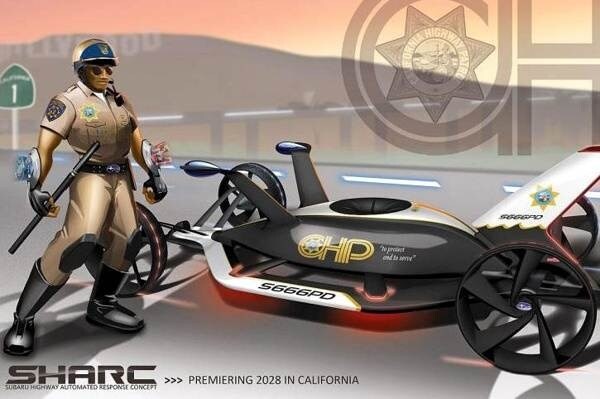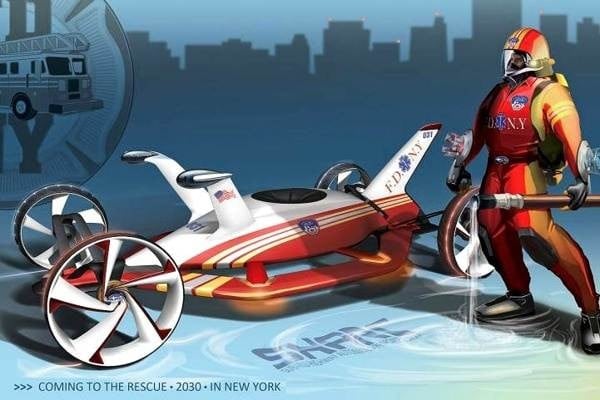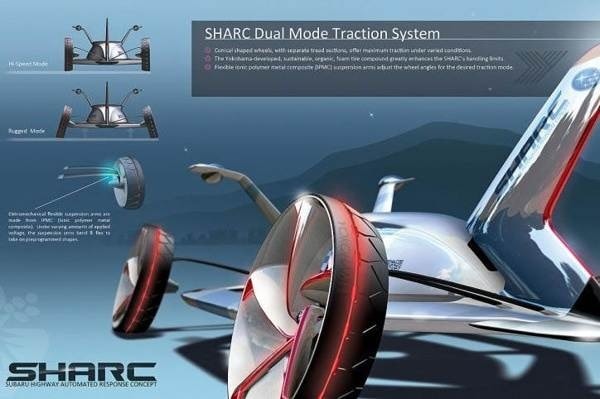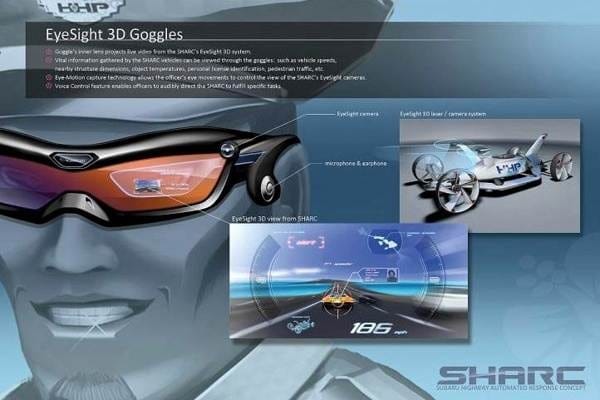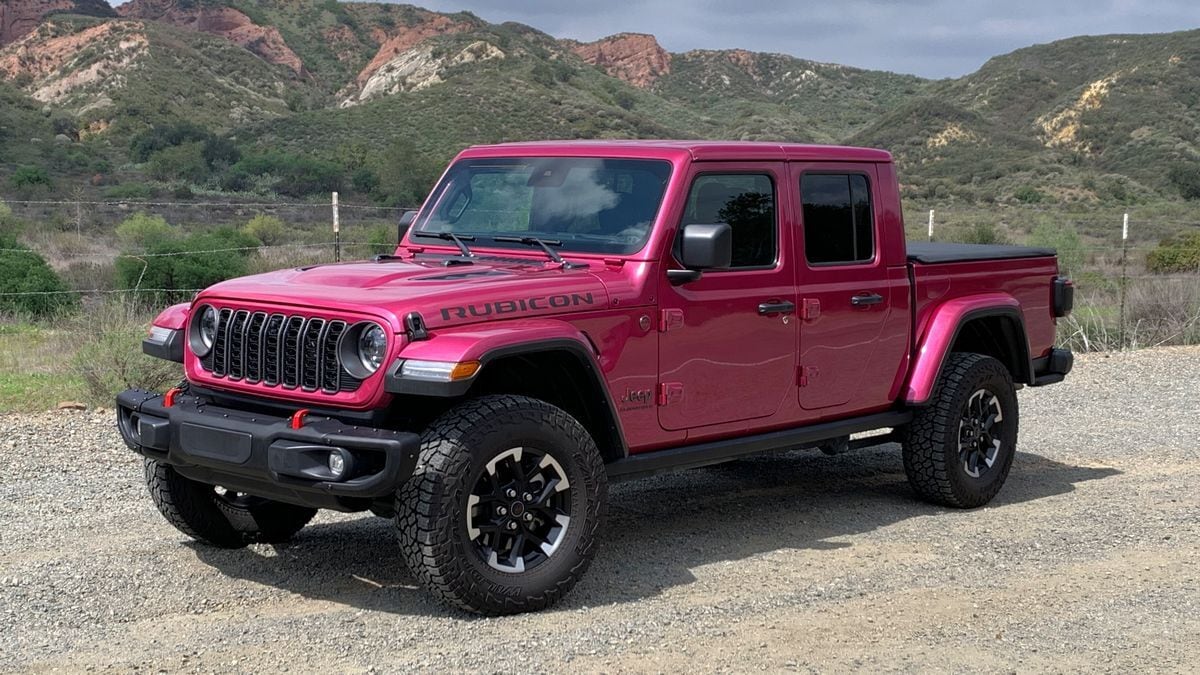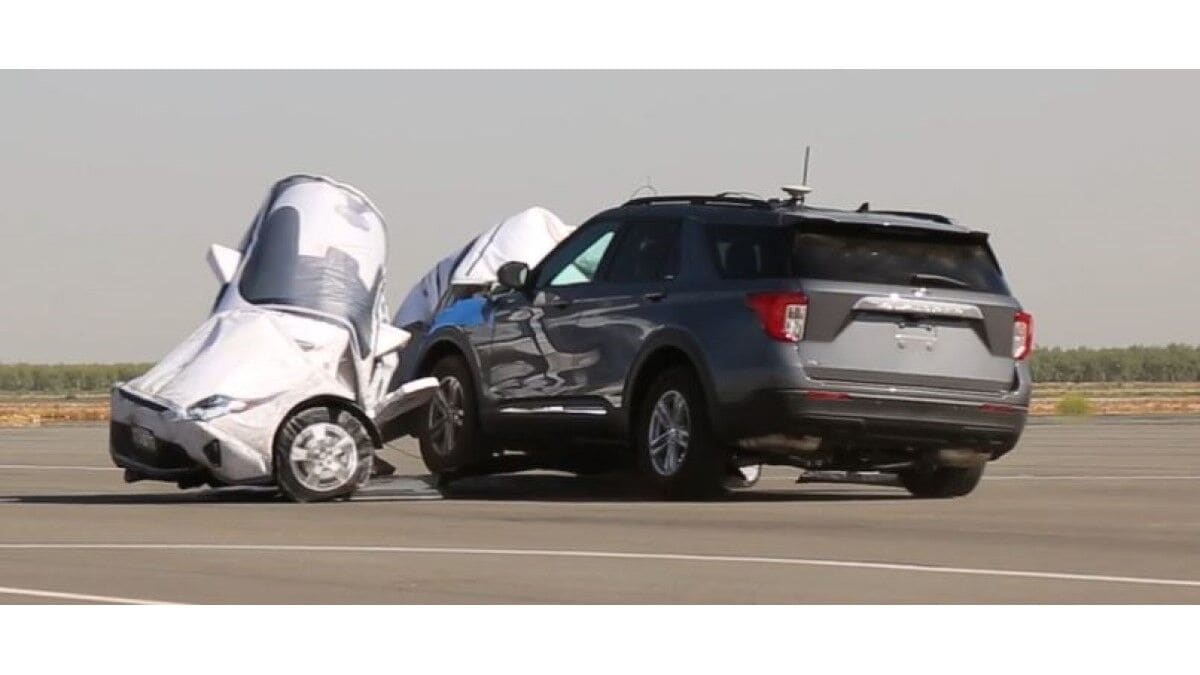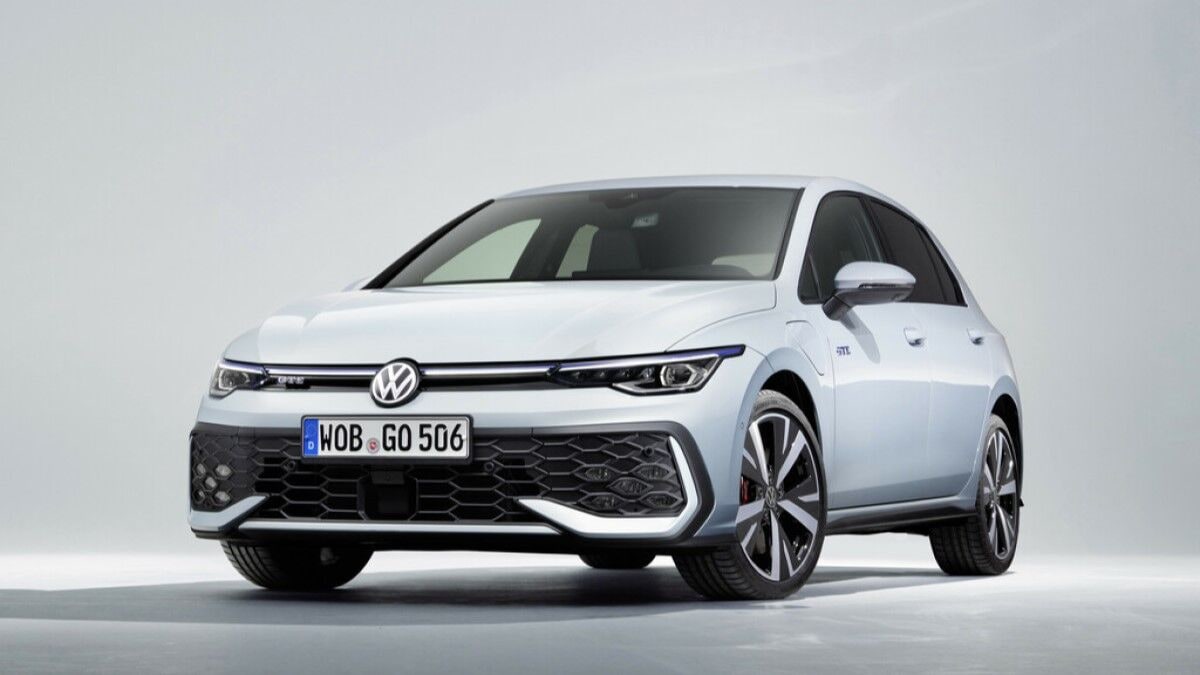For the ninth consecutive year, the Los Angeles Auto hosted its annual Design Challenge, a head-to-head faceoff that pits creative types from manufacturers around the world against each other to present futuristic solutions that address various transportation needs of tomorrow. This year’s dream theme involved devising the ultimate law enforcement patrol vehicle for the year 2025. Representatives from six different studios — BMW Group DesignworksUSA; General Motors Advanced Design California; Honda R&D Americas, Inc., Advanced Design Studio, California; Honda R&D Company, Ltd., Advanced Design Studio, Tokyo; Mercedes-Benz Research & Development North America, Inc; and Subaru Research and Development, Inc answered the call for entries. When the judging was completed, it was the Subaru SHARC (Subaru Highway Automated Response Concept) that rolled off with top honors.
Key elements behind the design of Subaru’s minimalist exercise started with its ability to meet Hawaii’s strict UltraGreen carbon-neutral environmental regulations while reflecting the need to be aware of reduced highway patrol budgets worldwide. To those ends, the SHARC vehicles are powered by some form of undisclosed renewable energy and can operate autonomously, which can help trim their greenhouse gas emissions as well as the number of officers required for the highway patrol staff itself.
Among the SHARC’s other trick tech touches are its electromechanically actuated flexible suspension arms that can radically vary the geometry to accommodate different handling requirements and asymmetric-tread Yokohama tires mounted on conical shaped wheels that further increase the handling limits. When an officer is on board, they’ll be equipped with multitasking EyeSight 3D Goggles that can be operated by both eye movements and voice control. These super specs project live video of various types of virtual information gathered by sensors on the SHARC regarding things like the speed of other vehicles on the road, their license numbers, the scale of nearby structures and temperatures of various objects to help in the enforcement process.
Judges for this year’s Design Challenge included Tom Matano, formerly Mazda‘s U.S. design head and current executive director of the School of Industrial Design at San Francisco’s Academy of Art University; Imre Molnar, provost and chief academic officer at Detroit’s College for Creative Studies; Stewart Reed, chair of Transportation Design at Pasadena’s Art Center College of Design; and Bruce Meyer, a board member of the California Highway Patrol 11-99 Foundation.
